Foot massage when pregnant is becoming more and more popular as an effective way to manage the physical and emotional stress of pregnancy. The NHS has begun to recognize the many benefits of foot massage during pregnancy, and here are seven of them. From easing sore feet to improving sleep, these NHS-approved tips provide insight into the many ways a foot massage can support a healthy pregnancy.
Benefits of Foot Massage When Pregnant
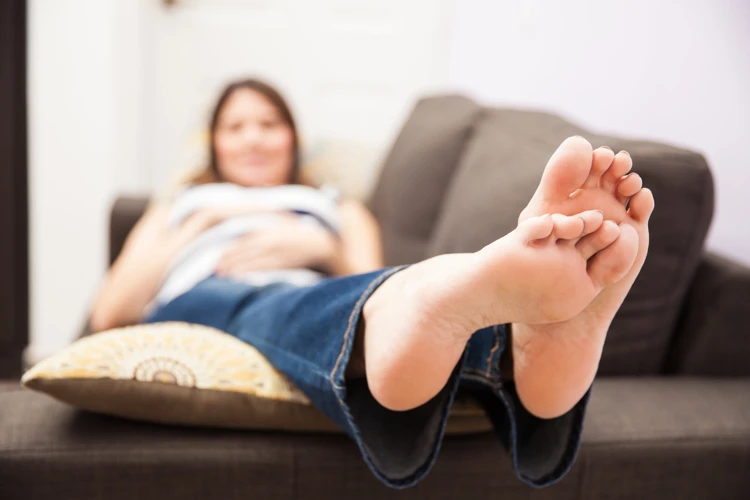
Relief of Swelling
A foot massage when pregnant can help reduce swelling throughout the body, including the feet and ankles. Massage is known to stimulate the lymphatic system, which moves lymph fluid and helps reduce swelling.
Improved Circulation
Massage therapy can also help improve circulation and reduce the risk of blood clots, which can be a common issue during pregnancy. It can help relieve tension in the feet and lower legs, allowing for more blood flow and oxygen to reach the baby.
Stress Reduction
Pregnancy can be an incredibly stressful time for many women. Massage during pregnancy is a great way to reduce stress and relax the body. Massage can also help reduce levels of the stress hormone cortisol, which can have a positive impact on the mother and baby.
Improved Sleep
A foot massage can help the body relax, allowing for improved sleep during the night. Massage can also help reduce pain and tension, allowing for a better night’s sleep.
Pain Management
Pregnancy can cause a wide range of aches and pains, especially in the feet and lower legs. Massage can help alleviate some of this pain, as well as helping to reduce tension.
Improved Mood
Massage during pregnancy can help reduce stress and anxiety, leading to an improved mood. It can also help reduce the symptoms of depression, which can be a common issue during pregnancy.
Reduced Risk of Developing Varicose Veins
Massage therapy can help reduce the risk of developing varicose veins during pregnancy. Massage helps stimulate the circulation in the legs, which can help reduce the risk of varicose veins.
A foot massage when pregnant is a great way to relax and reduce stress, improve circulation, reduce swelling, and manage pain. It can also help reduce the risk of developing varicose veins and improve the mother’s mood. Following NHS approved tips for massage during pregnancy can help ensure a safe and beneficial experience for both mother and baby.
NHS Approved Tips
Use Gentle Massage Techniques
Gently massaging your feet can help ease tension and reduce swelling. Apply light pressure with your thumbs or knuckles, and use circular or stroking motions. You can also use a small, soft ball to roll along the bottom of your feet.
Avoid Heels and High Shoes
High heels and other tight-fitting shoes can put additional strain on your feet. Try to wear shoes with extra cushioning and adjustable straps, as this will help reduce the pressure.
Drink Plenty of Water
Staying hydrated is important for your overall health during pregnancy. Make sure you drink plenty of water to help reduce swelling in your feet.
Wear Supportive Footwear
Look for shoes with good arch support, cushioning and shock-absorbing features. This will help reduce the strain on your feet and lower the risk of injury.
Consider Professional Massage Therapy
You may want to consider seeing a professional massage therapist who specialises in pregnancy massage. They can provide you with an individualised massage programme tailored to your specific needs.
Frequently Asked Questions
1) What are the Benefits of Foot Massage During Pregnancy?
Foot massages during pregnancy can help reduce stress, improve circulation, alleviate swelling, and reduce leg cramps. Regular foot massages can also help strengthen the muscles of the feet and reduce the risk of musculoskeletal injuries. Foot massage can also help reduce fatigue, improve sleep quality, and reduce headaches. Additionally, foot massage can help reduce the risk of preterm labor and improve the overall health of the mother.
2) Is Foot Massage Safe During Pregnancy?
Yes, foot massage is safe during pregnancy and can provide numerous benefits to the mother-to-be. It helps to reduce stress, relax tense muscles, improve circulation, and reduce swelling. Some massage therapists may need to adjust their techniques to ensure the safety of the mother and baby. It is important to consult with a healthcare professional before receiving a foot massage.
3) Is foot massage suitable for all pregnant women?
Yes, foot massage is suitable for all pregnant women. It is a safe and non-invasive way to alleviate some of the common discomforts that accompany pregnancy, such as swollen feet and ankles, muscular tension and fatigue.
- It can increase circulation to the feet, bringing relief to swollen and aching feet.
- It can help to relax muscles in the feet and lower legs, relieving tension and discomfort.
- It can provide relief from mental and emotional stress, helping to create a sense of well-being and relaxation.
- It can bring relief from headaches and other symptoms of stress.
- It can provide relief from insomnia and help the body to relax and rest.
- It can help to reduce water retention.
- It can help to improve balance and coordination in the feet.
4) Is there any specific technique to follow when giving a foot massage?
Yes. When giving a foot massage to a pregnant woman, it’s important to use the right technique to ensure that it’s as enjoyable and beneficial as possible. Here are some tips:
- Begin by gently rubbing the feet and ankles in circular motions.
- To target sore spots, use your thumbs to apply pressure in a slow, circular motion.
- To relax the feet, use your fingertips to massage the sole of the foot in a soft, gentle manner.
- To help relieve tension in the calves, use your fingertips to apply pressure in a circular motion.
- If the pregnant woman is experiencing swelling, use your hands to massage the ankles in a circular motion.
- To finish the massage, end on a gentle foot rub.
Remember to be gentle and be sure to ask the pregnant woman for feedback throughout the massage to ensure that it is as comfortable and enjoyable as possible.
5) How often should a pregnant woman receive a foot massage?
Pregnant women should receive a foot massage once a week, or more frequent if desired. It is important to consult with a medical professional before getting a foot massage to ensure that it is safe for the individual.
Conclusion
Foot massage is a safe and effective way to improve circulation and reduce stress during pregnancy. It has been shown to reduce swelling, help with insomnia, and improve overall relaxation. Additionally, foot massage can help to reduce back pain, improve posture, and increase energy levels. With the added benefits of improved digestion and relief from headaches, pregnant women should consider incorporating foot massage into their weekly prenatal care routine.
References
- NHS: Relaxation in pregnancy
- Wikipedia: Massage
- Medical News Today: Benefits and risks of a foot massage
⚠️ Disclaimer:
This article is for informational purposes only and does not constitute medical advice. Always consult with a licensed healthcare provider or certified massage therapist before beginning any new treatment, especially if you have pre-existing health conditions or concerns.

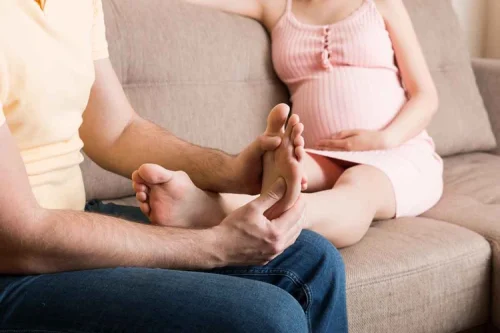

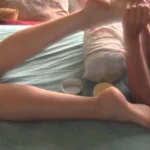
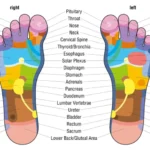
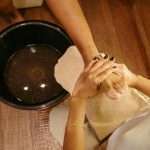
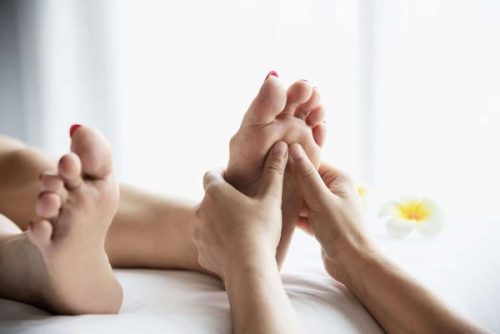

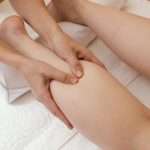
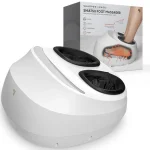

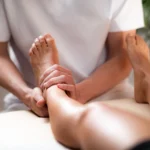
I appreciate your creativity and the effort you put into every post. Keep up the great work!